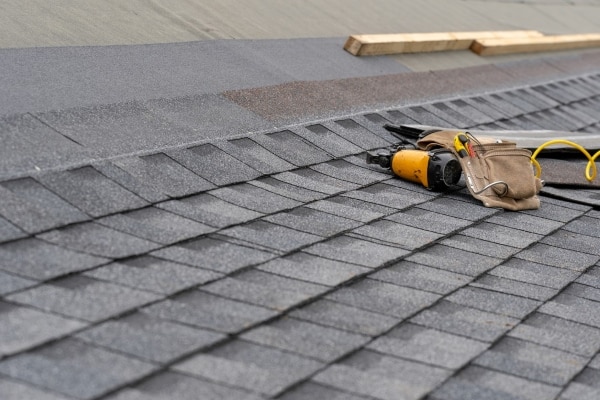Bay Area New Roof Info
When it comes to home maintenance, one of the most significant investments homeowners face is replacing the roof. Understanding the longevity of a new roof is crucial for budgeting, planning, and ensuring the safety and comfort of your home. The lifespan of a new roof installation can vary significantly depending on several factors, including the type of roofing material, quality of installation, local climate, and regular maintenance.
Types of Roofing Materials and Their Lifespan
Asphalt Shingles:
Asphalt shingles are the most common roofing material in North America, favored for their affordability and ease of installation. On average, asphalt shingle roofs last between 15 to 30 years. Architectural shingles, a higher quality asphalt product, can last up to 30 years or more, while three-tab shingles typically have a shorter lifespan, around 15 to 20 years.
Wood Shingles and Shakes:
Wood shingles and shakes offer a natural, rustic appearance and can last between 20 to 40 years, depending on the quality of the wood and proper maintenance. Cedar is a popular choice for its durability and resistance to insects and rot. Regular treatment and maintenance can extend the lifespan of a wood roof.
Metal Roofing:
Metal roofs are known for their durability and longevity, often lasting 40 to 70 years. Made from materials like aluminum, steel, copper, or zinc, metal roofs are resistant to extreme weather conditions, fire, and insect damage. Proper installation and occasional maintenance, such as repainting or resealing, can help maximize their lifespan.
Slate:
Slate roofs are among the most durable, with a lifespan of 75 to 100 years or more. Made from natural stone, slate is exceptionally resistant to weather, fire, and rot. However, slate roofs are heavy and require a strong structural foundation, as well as skilled installation. The initial cost is high, but the long-term investment can be worthwhile.
Clay and Concrete Tiles:
Clay and concrete tile roofs are another long-lasting option, with lifespans ranging from 50 to 100 years. These tiles are resistant to fire, rot, and insects, making them ideal for hot, dry climates. However, they can be heavy and may require additional structural support. Regular maintenance, such as replacing broken tiles, is necessary to ensure their longevity.
Factors Influencing Roof Longevity
Quality of Installation:
Proper East Bay new roof installation is crucial for maximizing the lifespan of any roof. Hiring experienced, licensed professionals ensures that the roof is installed correctly, with attention to detail and adherence to manufacturer guidelines.
Local Climate:
The local climate plays a significant role in how long a roof lasts. Harsh weather conditions, such as heavy rainfall, snow, high winds, and extreme temperatures, can shorten the lifespan of a roof. Choosing materials suited to the local climate can mitigate some of these effects.
Regular Maintenance:
Regular maintenance is essential for extending the life of a roof. This includes routine inspections, cleaning gutters, removing debris, and addressing minor issues before they become major problems. Prompt repairs of damaged or missing shingles, tiles, or panels can prevent leaks and structural damage.
East Bay New Roof Installation Pros
The lifespan of a new roof varies widely based on material, installation quality, climate, and maintenance. By choosing the right materials for your region, ensuring proper installation, and committing to regular upkeep, you can significantly extend the life of your roof, protecting your home and investment for decades to come. Contact Century Roof an Solar anytime for more assistance!
